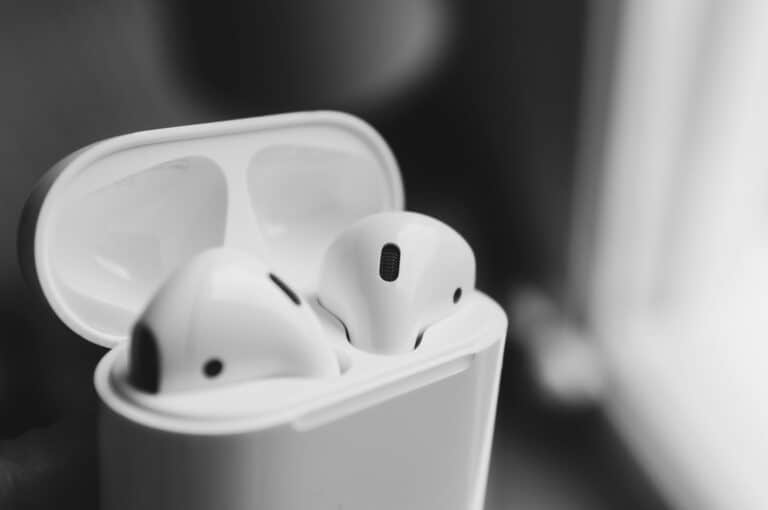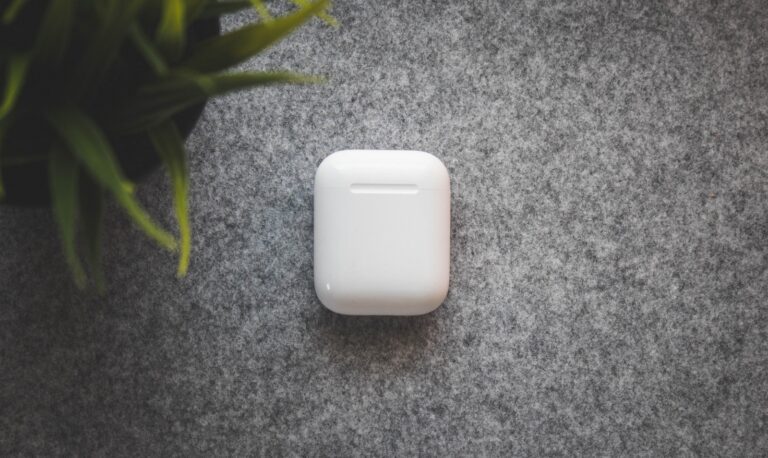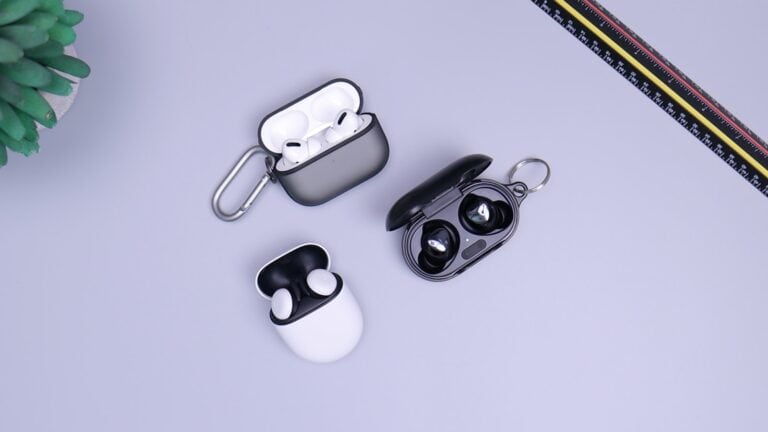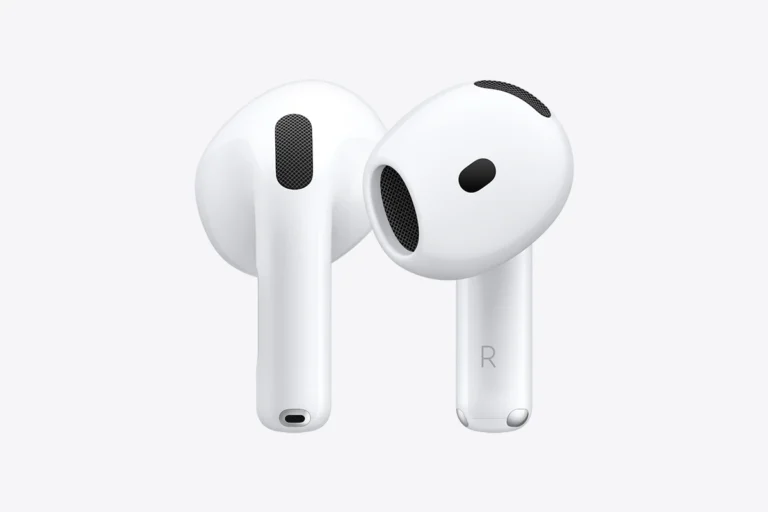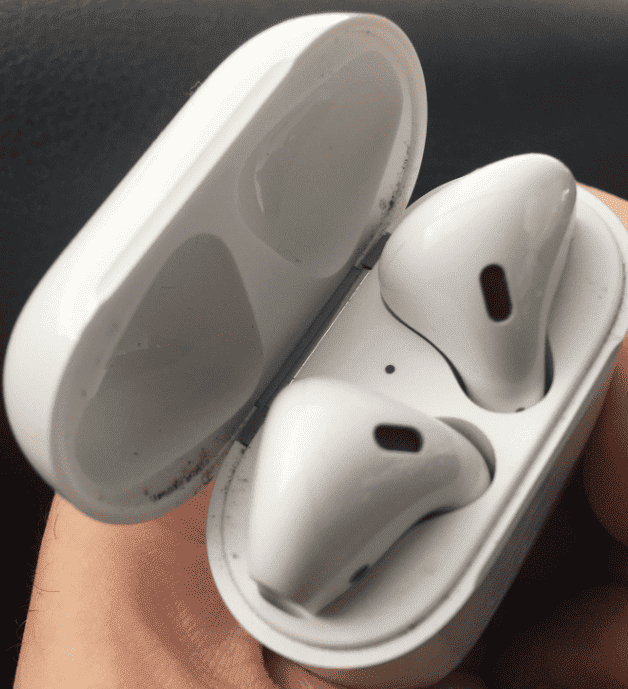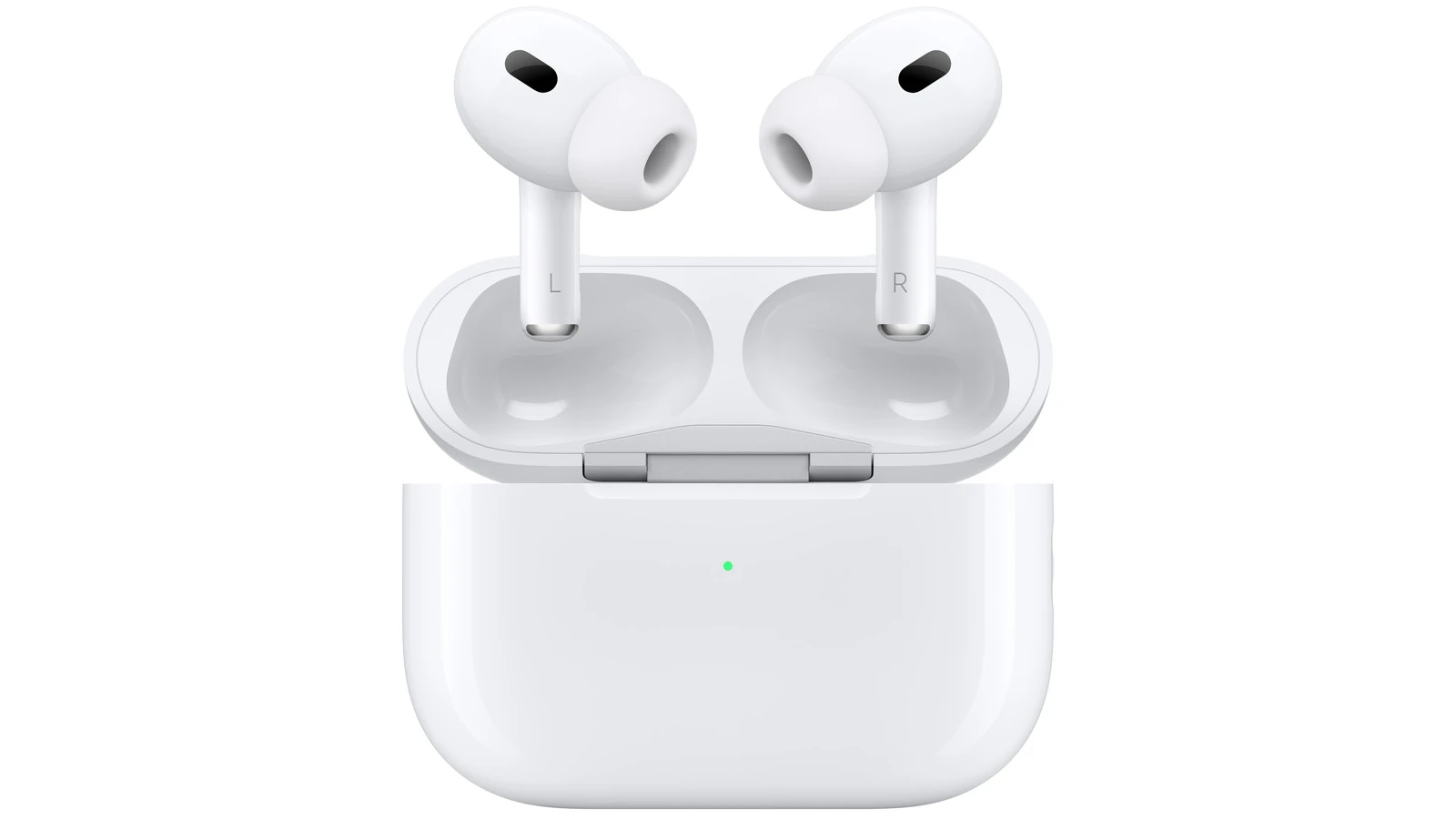
Apple’s AirPods Pro (2nd Generation) have received FDA authorization to function as over-the-counter hearing aids. This breakthrough opens up new possibilities for individuals with mild to moderate hearing loss by providing a more affordable and accessible solution. With its self-fitting capabilities and seamless integration with iOS devices, the AirPods Pro’s new Hearing Aid Feature is poised to change the way we perceive and access hearing assistance technology.

Apple is making waves in the realm of hearing accessibility as it introduces FDA-approved over-the-counter features within its AirPods Pro 2, offering a revolutionary approach to assistive hearing technology. In conclusion, AirPods Pro are set to play a pivotal role in addressing the challenges surrounding hearing loss, especially for the millions who currently go untreated. With their robust combination of technology, affordability, and societal acceptance, these devices could very well be the key to providing much-needed support for auditory health in contemporary society.
AirPods Pro: A New Era in Hearing Accessibility
The FDA’s Green Light
In a groundbreaking move, the U.S. Food and Drug Administration (FDA) has authorized a software update that transforms Apple’s AirPods Pro (2nd generation) into over-the-counter (OTC) hearing aids. This marks a significant step towards making hearing assistance technology more accessible and affordable.

Empowering Users with Mild to Moderate Hearing Loss
The new “Hearing Aid Feature” is designed to help individuals with perceived mild to moderate hearing loss. It amplifies specific sounds and frequencies, making it easier to hear conversations, music, and environmental sounds.
Self-Fitting and Customization
One of the most remarkable aspects of this feature is its self-fitting capability. Users can personalize their hearing experience directly through their iPhone or iPad, eliminating the need for a visit to a hearing specialist.
How It Works
| Step | Description |
|---|---|
| 1. Update AirPods Pro | Ensure your AirPods Pro (2nd generation) are running the latest firmware. |
| 2. Take a Hearing Test | Use the built-in hearing test on your iPhone or iPad to assess your hearing levels. |
| 3. Create a Personalized Profile | The app will create a customized hearing profile based on your test results. |
| 4. Enjoy Enhanced Hearing | Your AirPods Pro will now amplify sounds according to your personalized profile, improving your hearing experience. |

Benefits of AirPods Pro as Hearing Aids
- Affordability: AirPods Pro are significantly more affordable than traditional hearing aids.
- Accessibility: The self-fitting process eliminates the need for a hearing specialist appointment.
- Convenience: Users can easily adjust settings and personalize their hearing experience directly from their iPhone or iPad.
- Discreetness: AirPods Pro’s sleek design makes them less noticeable than traditional hearing aids.
Beyond Just Music
With FDA approval, AirPods Pro are no longer just for listening to music or taking calls. They are now a legitimate tool for improving the lives of millions of people with hearing loss. This innovation has the potential to revolutionize the hearing aid industry and make hearing assistance more accessible than ever before.
Short Summary:
- The FDA has authorized a new Hearing Aid feature for Apple’s AirPods Pro (2nd generation), making it the first OTC hearing aid integrated into a widely-used audio device.
- This feature transforms AirPods Pro into a clinical-grade hearing aid, tailored for users with mild to moderate hearing loss.
- The initiative aligns with Apple’s commitment to enhancing health technologies and improving accessibility for those in need of hearing support.
Groundbreaking Developments in Hearing Accessibility
Apple recently unveiled a monumental upgrade to its popular AirPods Pro 2, aimed at addressing hearing loss—a significant public health challenge affecting millions of Americans. The U.S. Food and Drug Administration (FDA) has granted approval for a revolutionary Hearing Aid feature in AirPods Pro, marking a critical advancement in the field of auditory assistance technologies.
This newly authorized feature, designed to cater specifically to individuals experiencing mild to moderate hearing loss, essentially converts AirPods Pro into an effective over-the-counter (OTC) hearing aid. With over 30 million adults in the U.S. reporting some form of hearing loss, as stated by Michelle Tarver, acting director of the FDA’s Center for Devices and Radiological Health:
“Today’s marketing authorization of an over-the-counter hearing aid software on a widely used consumer audio product is another step that advances the availability, accessibility, and acceptability of hearing support for adults with perceived mild to moderate hearing loss.”

An Innovative Approach to Hearing Loss
The launch of the Hearing Aid feature is a game changer for the way users can access support for hearing difficulties. With a price point starting at around $249, AirPods Pro become a more affordable alternative to traditional hearing aids, which can cost between $1,000 and $7,000 per pair. This makes a significant difference for many individuals who often forgo auditory assistance due to prohibitive costs.
“Hearing health is a cornerstone of overall well-being,” points out Rick Neitzel, a professor at the University of Michigan’s School of Public Health. He emphasizes the importance of accessible hearing tests, saying:
“Protecting and preserving our hearing enhances our quality of life both in the short-term and long-term. I’m thrilled Apple is introducing important tools to support people’s hearing health.”
How the Hearing Aid Feature Works
To utilize the new feature, users must have the AirPods Pro 2 connected to an iPhone. The setup process includes performing a hearing test through the iOS HealthKit, which assesses individual hearing levels. Based on the results, the device customizes sound settings like volume, tone, and balance to better suit the user’s specific needs.
The integration of a personalized hearing profile means that these earbuds automatically adjust the sound during various activities such as listening to music, watching movies, or participating in phone calls. By enhancing clarity and reducing background noise in real-time, the AirPods Pro 2 facilitate more engaging conversations and keep users connected with their environments.
Addressing Unmet Needs in Hearing Support
Research indicates that 75% of individuals diagnosed with hearing loss remain untreated. This calls attention to the urgent need for better accessibility to hearing assistance technologies. Many people avoid seeking help, often due to the stigma associated with hearing aids, an issue that AirPods Pro aim to mitigate. By integrating hearing aids into a device already popular for casual use, Apple normalizes the conversation around hearing health.
“Learning about hearing loss is a critical step to getting necessary assistance,” Neitzel remarks. As he highlights, the introduction of stylish and functional audio technology like AirPods facilitates open discussions about hearing health, enabling conversations with healthcare providers.
Features Enhancing Hearing Experience
The capabilities of the AirPods Pro 2 extend beyond a standard hearing aid function. Notable features include:
- Live Listen: This feature transforms an iPhone into a directional microphone, improving clarity in noisy settings by sending sounds directly to the AirPods.
- Conversation Boost: Designed for crowded environments, this functionality aids in focusing on the voice of the person directly in front of the user, while reducing background noise.
- Noise Cancellation: Active noise cancellation technology reduces ambient sounds, allowing clearer audio experiences.
- Personalized Sound Profiles: Users can easily customize their sound profiles via a hearing test conducted through the iPhone.
- Spatial Audio: With dynamic head tracking, sounds are placed all around the listener, creating an immersive experience.
Comparative Analysis with Traditional Hearing Aids
While traditional hearing aids are specifically designed for hearing impairment, AirPods Pro provide a competitive alternative that merges auditory assistance with everyday features. When comparing the two, several factors come into play:
Functionality
AirPods may not replace medical-grade hearing aids but offer significant features suitable for mild to moderate hearing loss. They provide seamless integration with other Apple devices, enabling a cohesive user experience unmatched by standard hearing aids.
Affordability
The substantial price difference between AirPods Pro and traditional hearing aids could motivate consumers to opt for the former. Given that most hearing aids aren’t covered by insurance, this price accessibility may increase the number of people receiving necessary hearing support.
Social Acceptance
Using AirPods is often seen as socially acceptable among younger generations, potentially reducing the stigma associated with visibly using hearing aids. This can encourage more individuals with hearing impairments to seek assistance without fear of judgment.
Furthermore, a study suggested that AirPods Pro performed comparably to certain hearing aids in specific listening scenarios, emphasizing their potential as an assistive hearing device. However, it’s essential to note that they may still lack the advanced adjustments available in premium hearing aids.
Obstacles to Overcome
Despite the strides made with AirPods Pro, several challenges remain in making them a mainstream substitute for traditional hearing aids:
- Battery Life: While AirPods may last between 4.5 and 6 hours, many hearing aids have a much longer battery life, allowing them to function efficiently throughout a full day.
- Advanced Customization: Future models may need to include more sophisticated sound profiles tailored precisely to different hearing loss patterns, enhancing user experience.
- Technological Literacy: Not all users may feel comfortable navigating the technology required to set up and use the AirPods effectively, particularly older adults.
Accessibility for Various Populations
A critical factor in the equation of hearing accessibility is recognizing the diverse populations affected by hearing loss. Groups such as veterans, the elderly, and individuals living in urban areas severely impacted by noise pollution may benefit significantly from the innovations introduced by AirPods Pro.
For instance, nearly 3 million veterans endure hearing-related disabilities due to their service. As we work to bridge the gap for those who avoid standard methods of treatment, the stigma of using earbuds designed for music and communication may ease their transition toward seeking hearing support.

The Future of Hearing Solutions
As Apple continues to improve its technology, the implications for people with hearing loss may go beyond current offerings. The ability to monitor health metrics, personalize audio experiences, and access important information through the Apple ecosystem may change how we address hearing health. Upgrades to the AirPods Pro, such as upcoming body temperature tracking, USB-C integration, and other health metrics, are further examples of how quickly technology is advancing to meet the diverse needs of users. As we stand at the cusp of a new era in hearing health technology, the potential for innovation in this field is more significant than ever.
“I think AirPods are a great first step… it gets people started in the process to hear better,” says Magann Faivre, emphasizing the importance of continued support in hearing health.

